One More Step to Go!
We have also sent a verification link to your email ID:
qabuyer@droom.in
Please verify your email account
What sets this RS version apart from the standard Baleno? The RS uses the same suspension as the standard petrol car but stiffer by about 10 percent. Its chassis is also stronger, but this has led to a weight increase of 60kg over the Baleno 1.2 petrol. This takes the car’s weight to 950kg, which is quite light and should translate to good performance. Instead of the car’s standard drum brakes at the back, this car comes with disc brakes for more stopping power. Under the hood sits a 998cc, three-cylinder unit from Suzuki’s new Boosterjet range. These direct injection, turbocharged petrol engines are imported here and are quite different from the K10 engines that we are familiar with in cars like the Celerio, WagonR and the Alto K10.
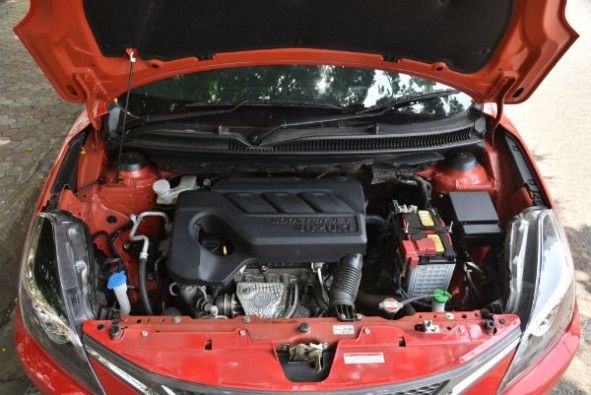
The engine has been designed to be lightweight and compact, and has been engineered to handle our BS-IV fuel. The engine makes 102hp at 5,500rpm and 150Nm at 1,700-4,500rpm. These figures, while more than the standard car, are less than Ford’s 1.0 turbocharged, direct injection EcoBoost engine (125hp and 170Nm) on the EcoSport. The Suzuki Engine on the European version of the Baleno makes 111hp and 170Nm, so why does the Indian version make less power? Maruti had to tweak this engine to handle our lower grade of fuel, which is why it makes less power.
The RS hits 100kph from standstill in a respectable 10.25sec, which is faster than the standard car, which clocks in at 12.6sec. However, it’s slower than the Abarth Punto (9.32sec). But the Baleno RS is quicker than the Abarth when you run through the gears. This can be attributed partly to the Baleno’s weight and also because the boost comes in a lot earlier on this engine. Proper power kicks in at about 1,600rpm, and from there on, you get a linear surge of power, until the limiter cuts it at 6,000rpm. Put your foot down and this car will put a smile on your face, sure it doesn’t yank you back into the seat like in the Abarth but it’s enough to keep you more than content. The engine gets vocal when you push it hard, but it’s a satisfying noise.
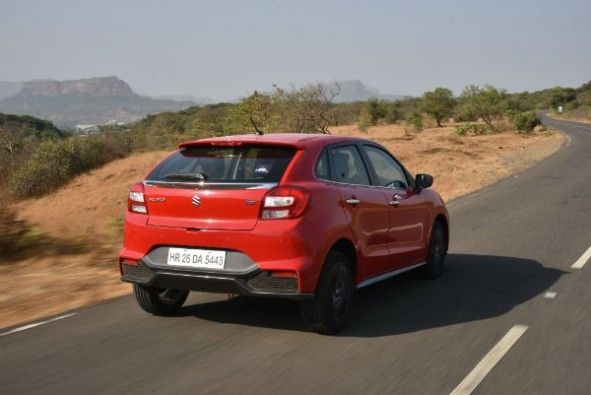
The car is extremely driveable, you can drive at a higher gear than warranted by your speed and not have any trouble. The third gear is especially flexible. The car’s five-speed gearbox is slick and easy to handle, and the clutch is quite light.
Externally, the RS sports blacked-out bits to set it apart from the regular Baleno. The cabin, however, is identical to the standard car.
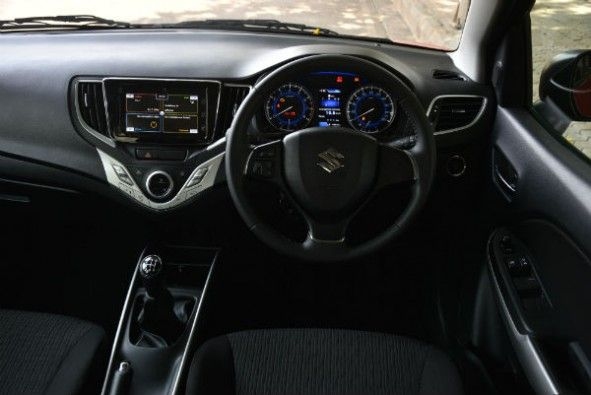
It’s a spacious and practical cabin but the hard plastics don’t feel upmarket enough to justify its price tag – the RS does cost a substantial ₹1.4 lakh more than the top-spec Baleno 1.2 Alpha after all. At ₹8.69 lakh, regular buyers may not be interested in this car, but for the long-ignored enthusiast, it’s a car that can make mundane daily commutes fun. It’s a reasonable attempt at a hot hatch, though but well, it could have been way hotter.
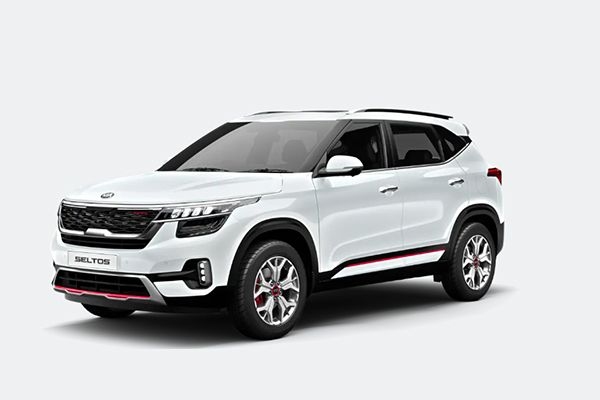
Kia recently unveiled the 2023 Seltos facelift in India, and the bookings for the updated model will start on July 14.
Read More
We drove the Hyundai i20 N Line recently to find out whether it really delivers a sporty experience?
Read More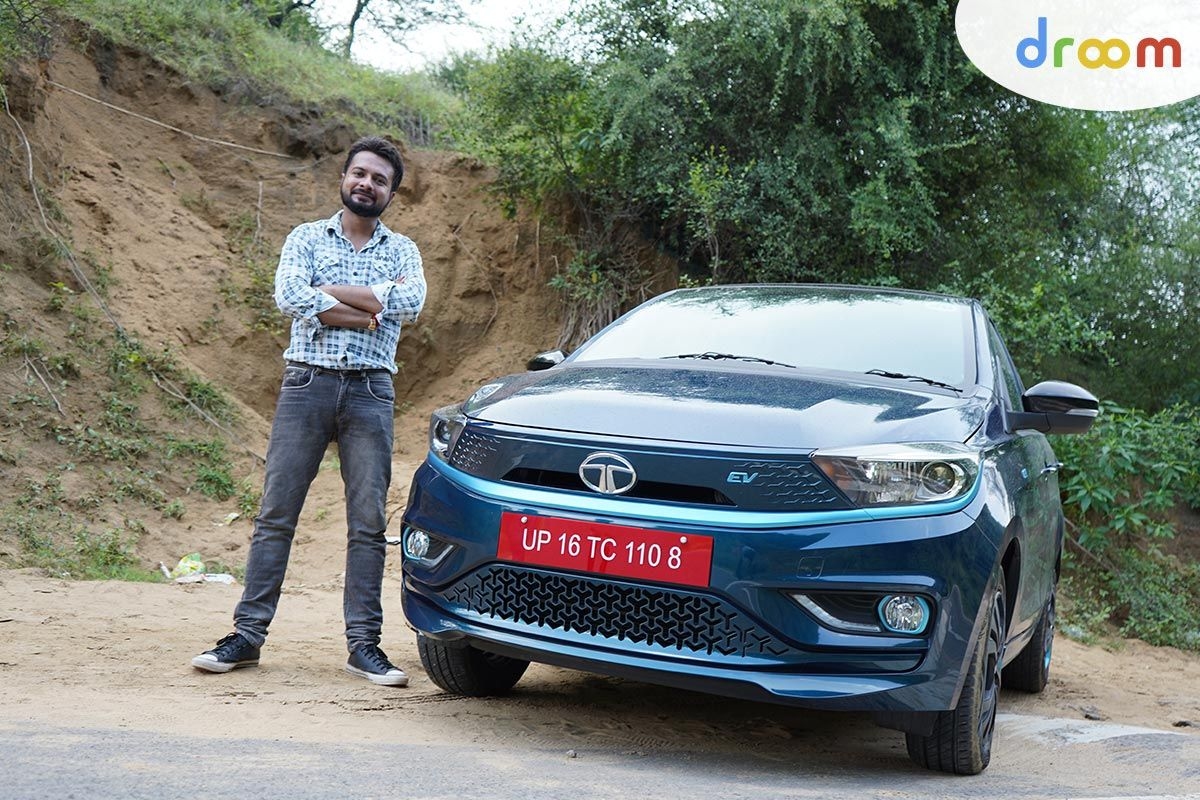
We recently took the Tigor EV out for a spin and we gathered interesting information about it
Read More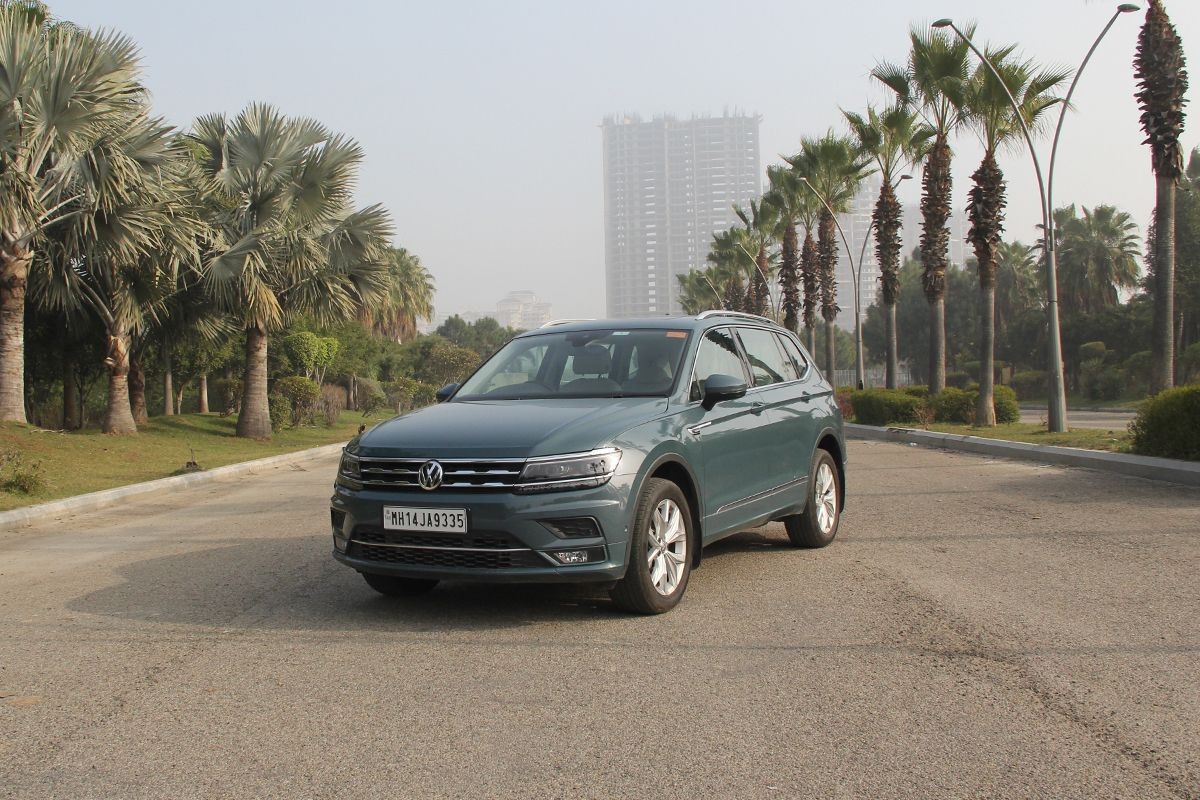
Introduced last year at the Delhi Auto Expo, Volkswagen Tiguan All-Space aims to offer more room and an additional row of seats. Can it manage to take away a few chunks from the full-grown SUV pie is what we are here to find?
Read More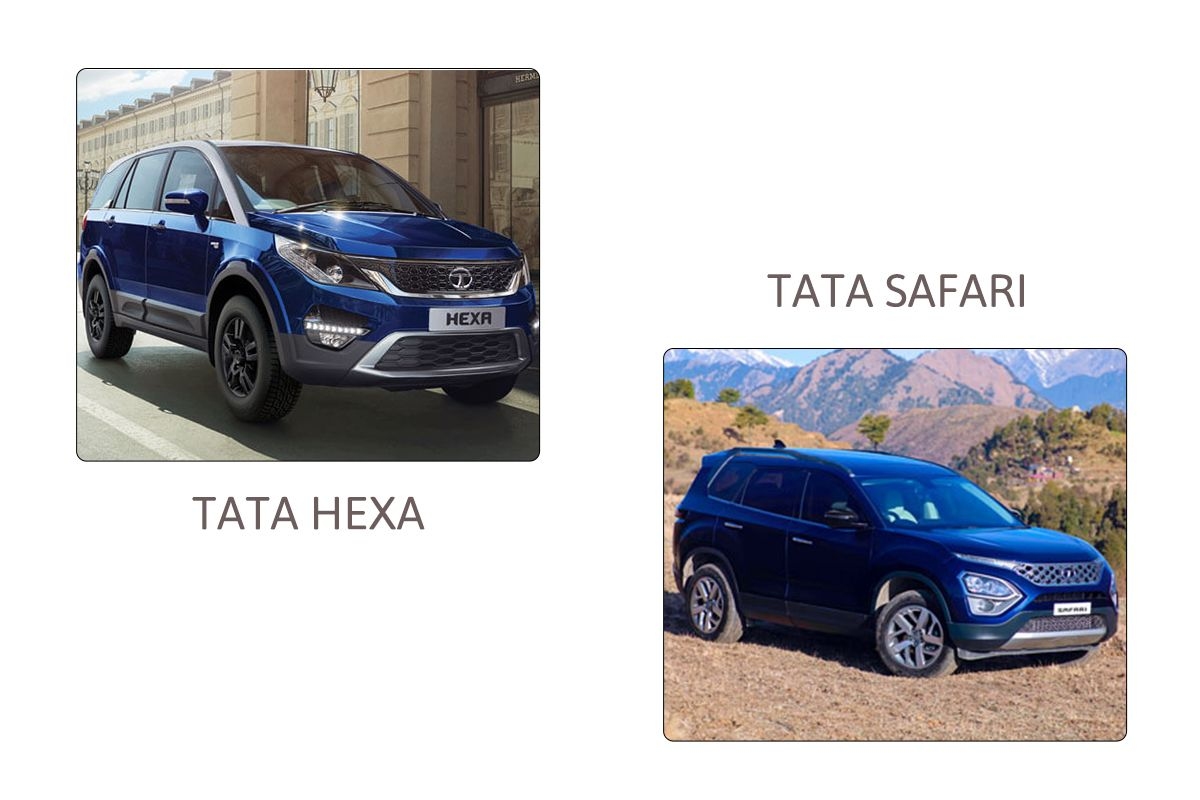
New Tata Safari or Used Tata Hexa: Price, Variants, Features & Engine Specifications
Read More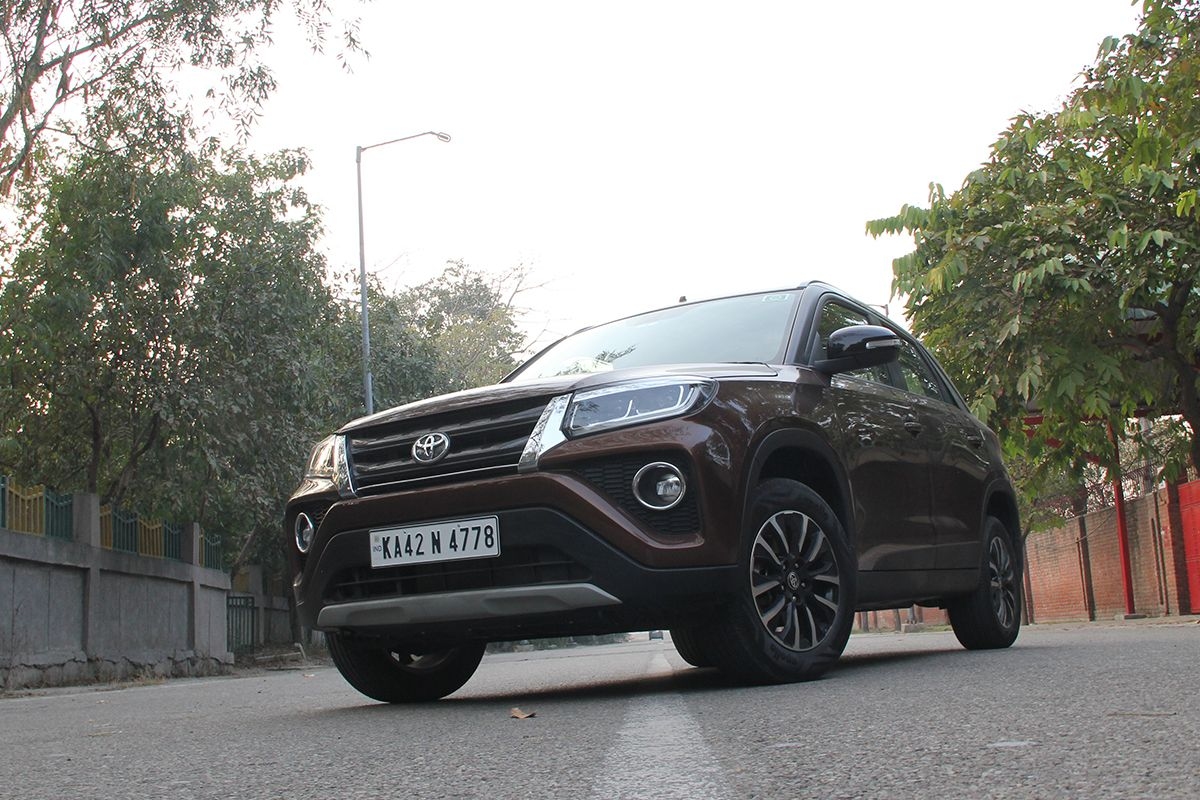
Toyota Kirloskar Motors last year entered the subcompact SUV space with the Urban Cruiser. What is this new model all about, let us find out?
Read More
Toyota Kirloskar Motors last year entered the subcompact SUV space with the Urban Cruiser. What is this new model all about, let us find out?
Read More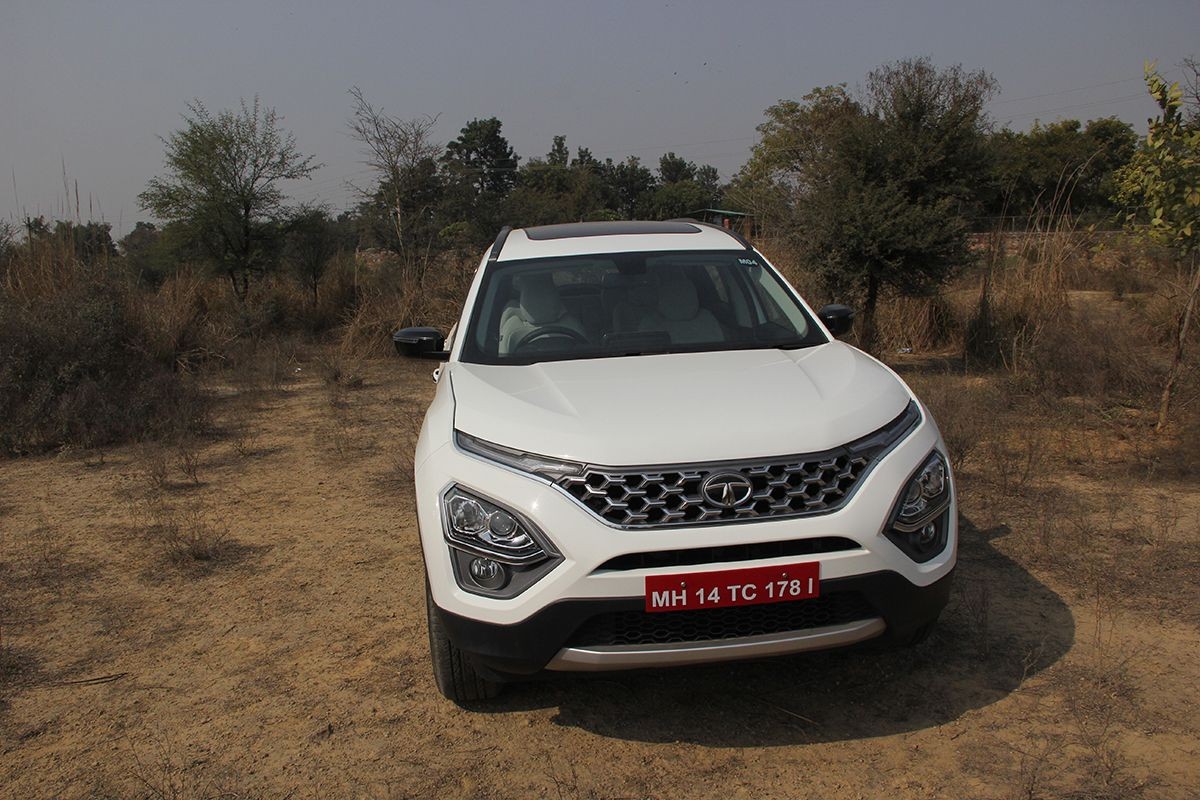
The Safari badge is back - can Tata Motors recreate history by bringing back the iconic SUV? Let us find out.
Read More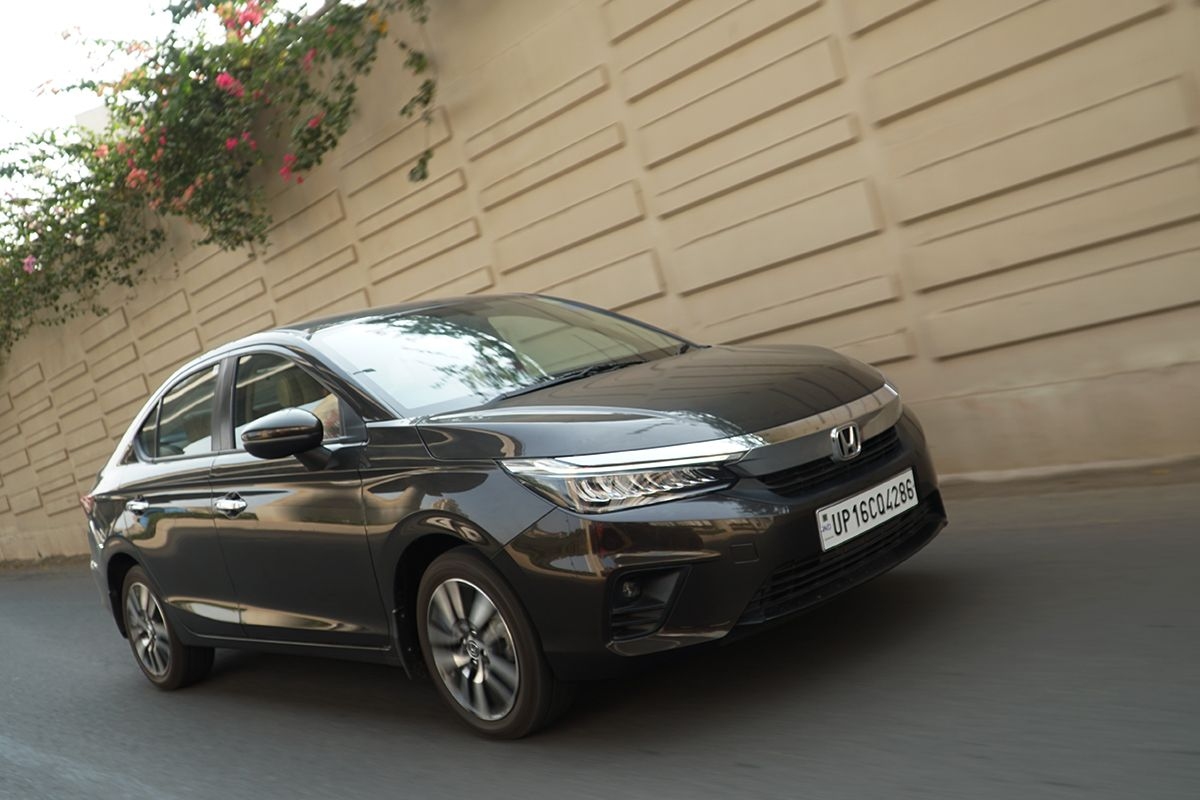
The Honda City, since its inception back in 1998, has enjoyed the popularity like no other mid-size sedan in its segment. With the introduction of the 5th Generation City, can Honda be able to set a higher benchmark for its most beloved sedan we try to find out.
Read More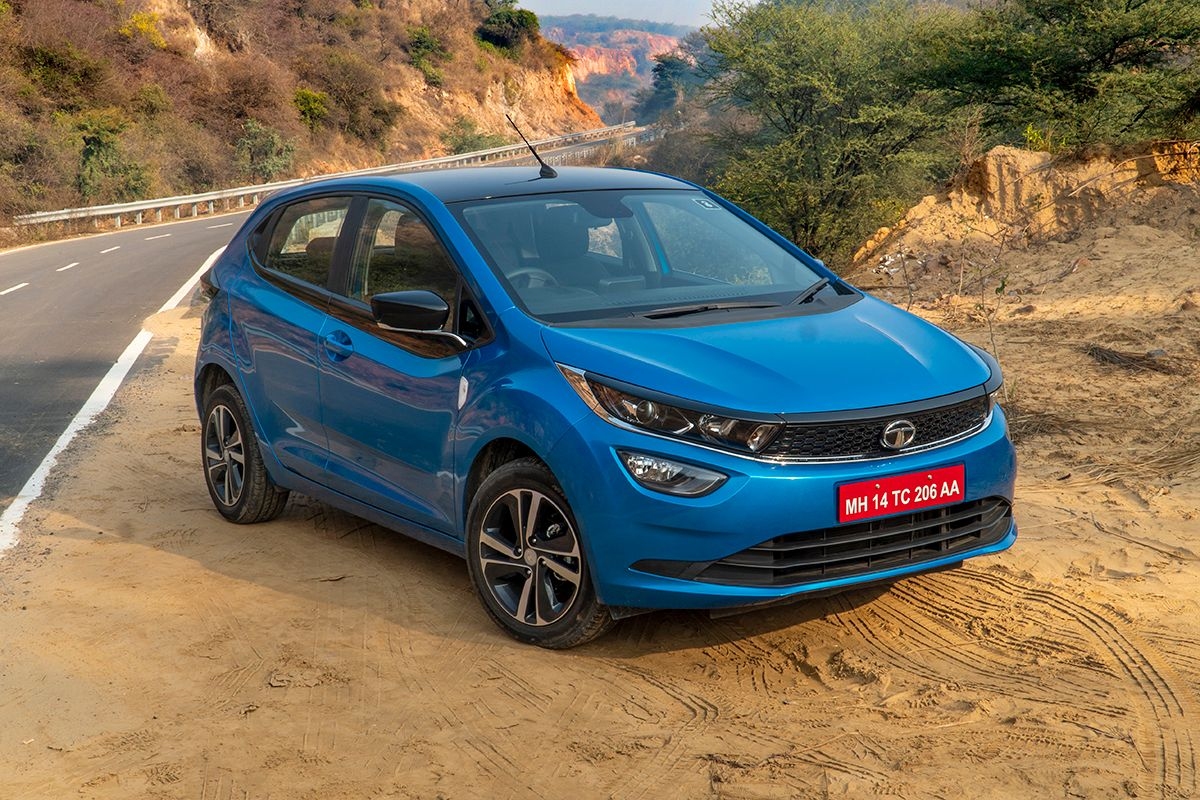
On the eve of its first Anniversary, Tata Motors has given the Altroz a boost in the form of a turbo charged petrol engine. We drive it to find out how much of a thrill does it provide against its rivals.
Read More
One of the best-selling models for BMW world over, the 3 Series will now offer customers that extra bit of comfort due to its extended wheelbase.
Read More
Jeep had launched the Compass way back in 2017. Since then it has been the best-selling model for the company in India. A couple of days back, Jeep India unveiled the facelifted version of Compass in the country. The SUV made its global debut in November last year.
Read More